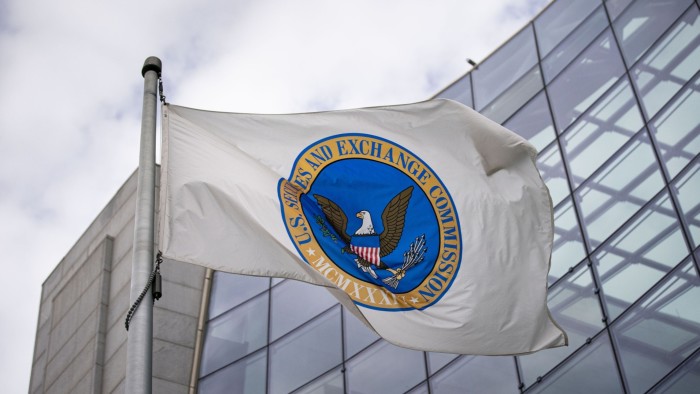Morgan Stanley files for Vanguard-style ETF share class

Simply sign up to the Exchange traded funds myFT Digest -- delivered directly to your inbox.
Latest news on ETFs
Visit our ETF Hub to find out more and to explore our in-depth data and comparison tools
Morgan Stanley Investment Management has filed to adopt Vanguard’s exchange traded fund multi-share class structure, becoming the fifth in line to seek approval to do so.
In an exemptive relief request filed with the Securities and Exchange Commission on January 29, the firm proposes extending the multi-class structure to multiple unspecified mutual funds held by a broad range of investors.
“The funds will be chosen where the adviser believes the multi-class structure is in the best interest of the ETF class and mutual fund class individually, and the fund as a whole,” the filing states. “The investor base for the funds reflects a variety of shareholder types, including direct retail investors, clients represented by independent financial advisers, broker-dealers, employer-sponsored retirement plans or other intermediaries and institutional investors.”
PGIA, the US division of Australia’s Perpetual, filed for similar relief in February last year, even before the May expiry of Vanguard’s 22-year patent on the structure. Dimensional Fund Advisors and F/m Investments followed suit last summer, and Fidelity did the same in October.

This article was previously published by Ignites, a title owned by the FT Group.
All four filings remain pending.
Vanguard’s patent has been instrumental in helping hold down fees by spreading operational costs across a broader base of assets while also reaping tax efficiencies by executing portfolio changes through the ETF share class’s in-kind creation and redemption process.
In the past, the SEC has flagged potential conflicts with the multi-class structure, including possible “cross-subsidisation”, or the potential that mutual fund class flows could generate costs that would be borne by ETF share class holders.
MSIM asserts instead that the multi-class structure would protect against transaction cost-shifting “inherent” in the conventional mutual fund structure by segregating shareholders who engage in more frequent trades to the ETF class.
Latest news on ETFs

Visit the ETF Hub to find out more and to explore our in-depth data and comparison tools helping you to understand everything from performance to ESG ratings
“The existence of the ETF class could reduce transaction costs and adverse tax consequences for the fund as a general matter, a benefit that would be shared by all fund shareholders,” the manager said.
To protect against cross-subsidisation, MSIM would subject each fund to “ongoing monitoring” — including close attention to brokerage and other costs associated with portfolio transactions, cash drag and the fund’s tax efficiency — and alert the board to any material issues.
“Potential actions may include, but are not limited to, refining the process to leverage the scale, efficiency and flexibility of the multi-class structure and manage flows, cash balances and portfolio rebalances with in-kind transactions and efficient rebalancing, modifying the fund’s investment strategy, and liquidating the fund,” the filing reads.
MSIM launched its ETF business a year ago, and in October filed plans to carry out its first mutual fund-to-ETF conversions.
*Ignites is a news service published by FT Specialist for professionals working in the asset management industry. Trials and subscriptions are available at ignites.com.
Comments